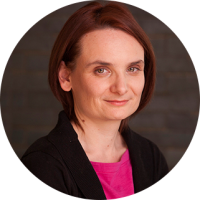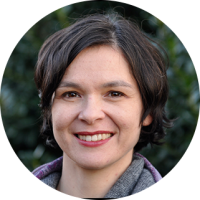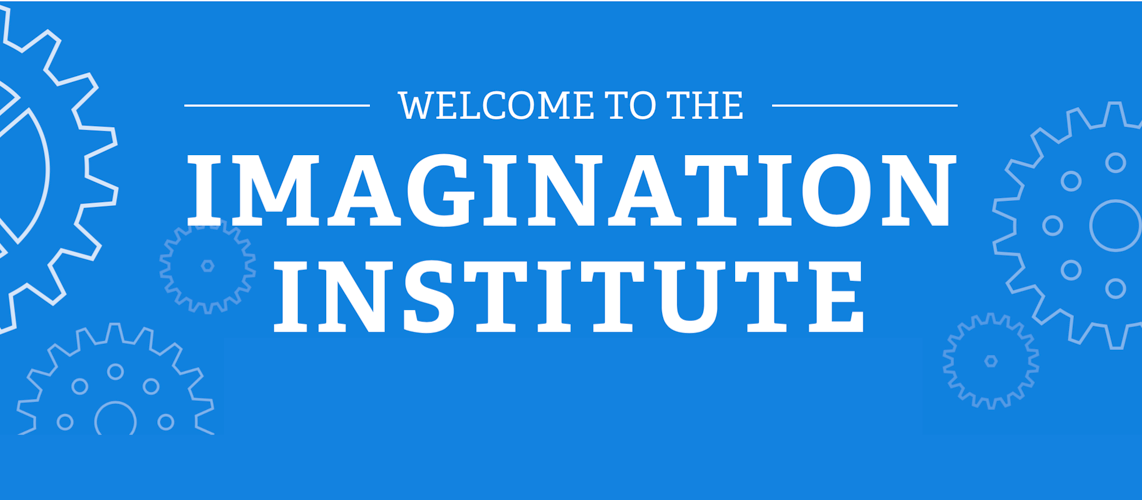Yale University
How do original ideas become creative products or performances? Transformation from creative potential – an imagined idea – to product or performance requires self-regulation of demands on one’s time and attention, regulation of behavior associated with emotions of frustration and disappointment, and managing personal goals and expectations from others. This project will develop ways to assess self-regulation in creativity, thus charting the process of bringing creative ideas to fruition.
Researchers

Zorana Ivcevic Pringle
Dr. Zorana Ivcevic Pringle is an Associate Research Scientist at the Yale Center for Emotional Intelligence. She completed her undergraduate studies at the University of Zagreb in Croatia, received her doctoral degree from the University of New Hampshire (with Dr. Jack Mayer), and did postdoctoral work at the Interpersonal Communication and Interaction laboratory at Tufts University (with Dr. Nalini Ambady). Her research interests involve creativity assessment and the role of emotions and self-regulation skills in creativity. She is on the editorial board of Psychology of Aesthetics, Creativity, and the Arts and is an Associate Editor of the International Journal of Creativity and Problem Solving. Dr. Ivcevic received the Award for Excellence in Research from the Mensa Education and Research Foundation for her research on emotional intelligence an emotional creativity, as well as the Berlyne Award for Outstanding Early Career Achievement in psychology of aesthetics, creativity, and the arts from the Division 10 of the American Psychological Association.

Magdalena Grohman
Dr. Magdalena Grohman is the Associate Director of Center for Values in Medicine, Science and Technology at University of Texas at Dallas, where she manages the Center’s day-to-day operations, strategic and financial planning, development, outreach program planning and coordination. She is also a lecturer at the School of Behavior and Brain Sciences, where she teaches Psychology of Creativity. She received her PhD in psychology from Jagiellonian University in Krakow, Poland, was a Fulbright Fellow, and a postdoctoral fellow at Rice University. Her research and educational interests focus on cognitive aspects of the creative process, as well as self-regulation processes in creativity. Dr. Grohman has fifteen years of experience leading workshops on creative-thinking techniques and creative problem solving, both in organizational and educational settings. Since 2010, she has been leading Summer Seminar for Teachers and a Think Creatively! workshops at the Dallas Museum of Art.

Paul Silvia
Dr. Paul Silvia is an Associate Professor in the Department of Psychology at the University of North Carolina at Greensboro. He received his Ph.D. at the University of Kansas and was a Visiting Assistant Professor at the University of Hamburg, Germany. Dr. Silvia’s research on creativity examines ways of assessing creativity and how people can influence the quality of their ideas. His NIH-funded research on emotion and self-regulation compares behavior in the laboratory and in everyday life using psychometric, experience sampling and physiological methods. He received the Early Career Award from the Division 10 of the American Psychological Association and is currently the President-Elect of the Society for the Psychology of Aesthetics, Creativity, and the Arts. Dr. Silvia is the author of six books, including How to Write A Lot (APA Books) and Exploring the Psychology of Interest (Oxford University Press).
